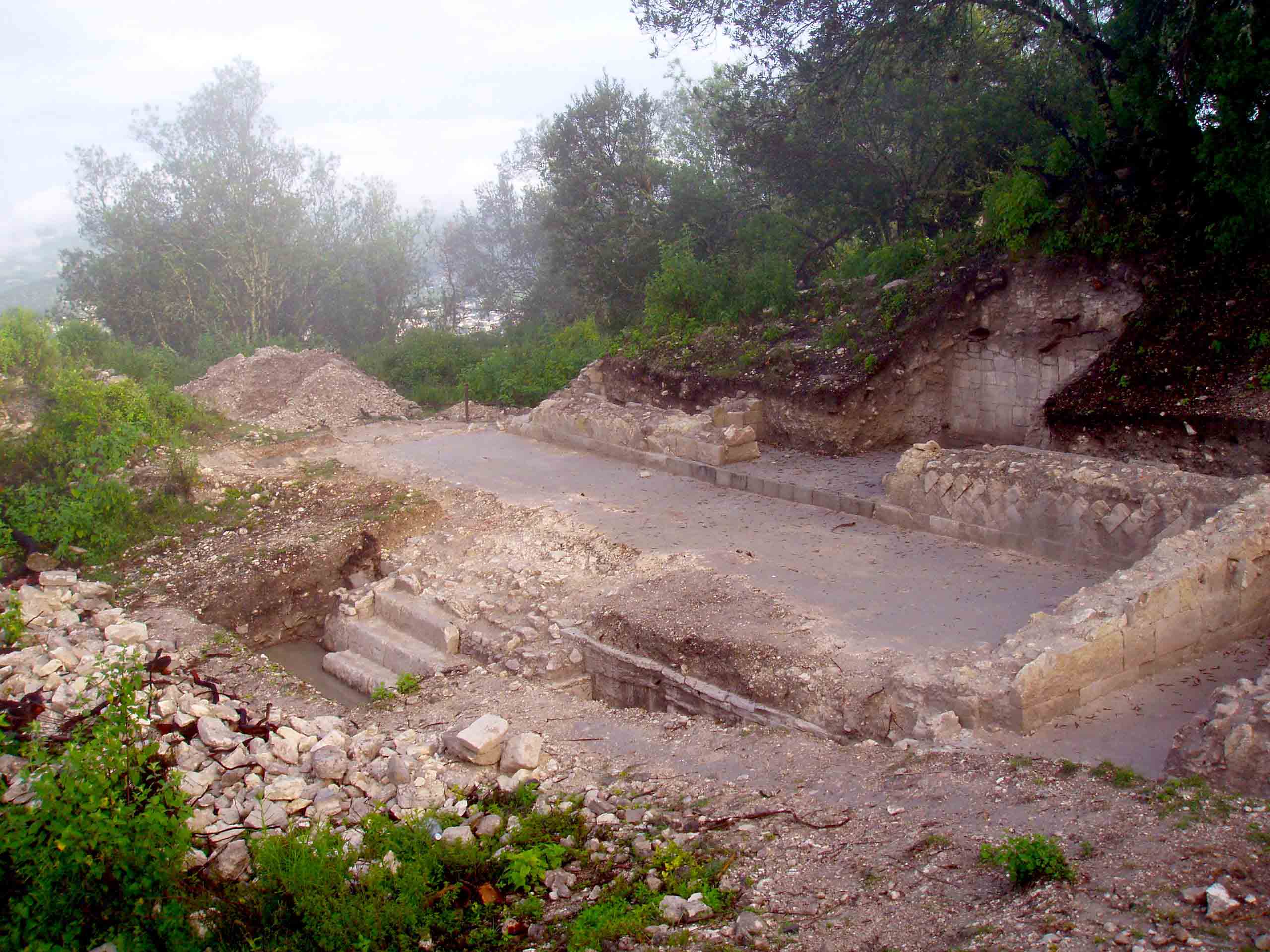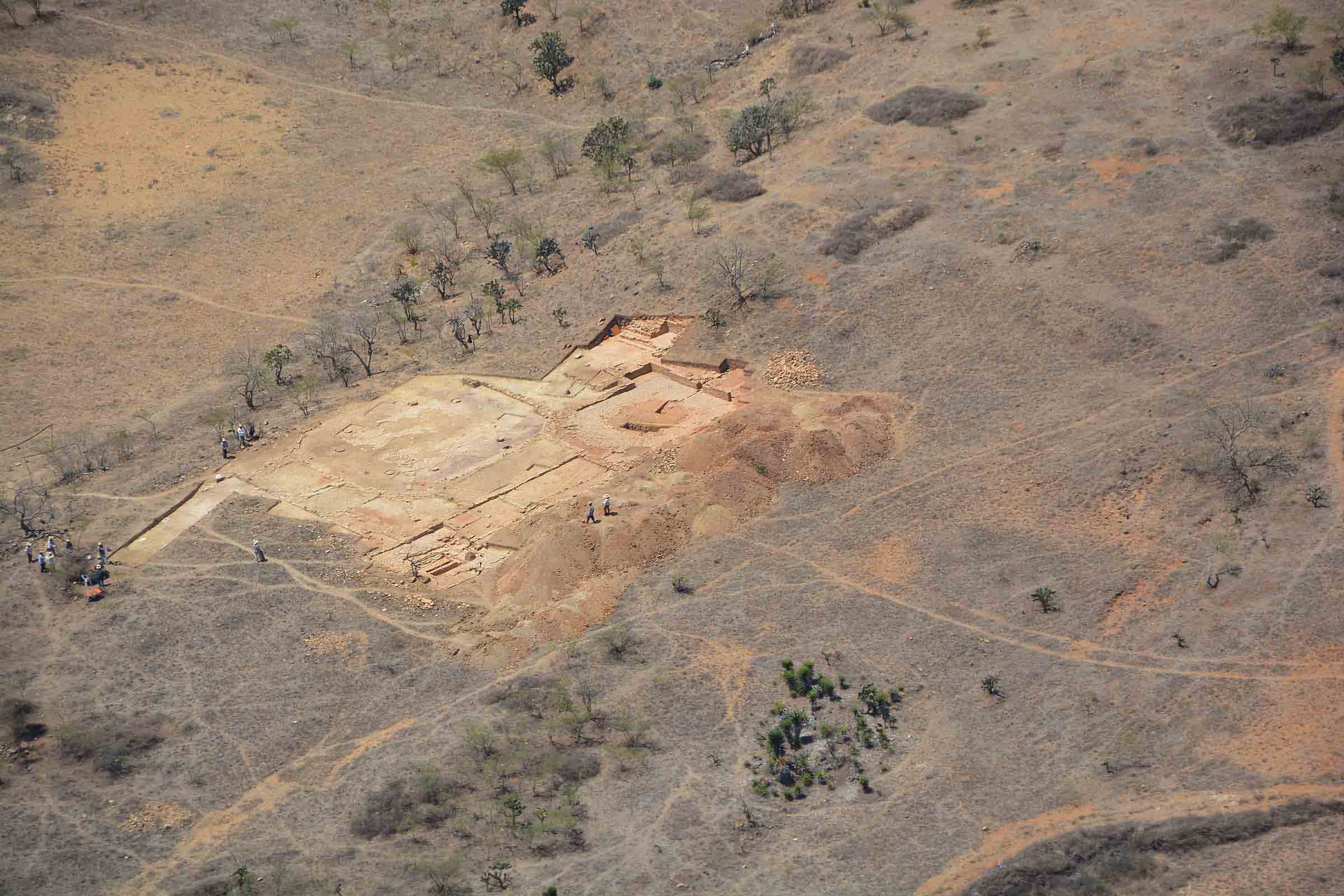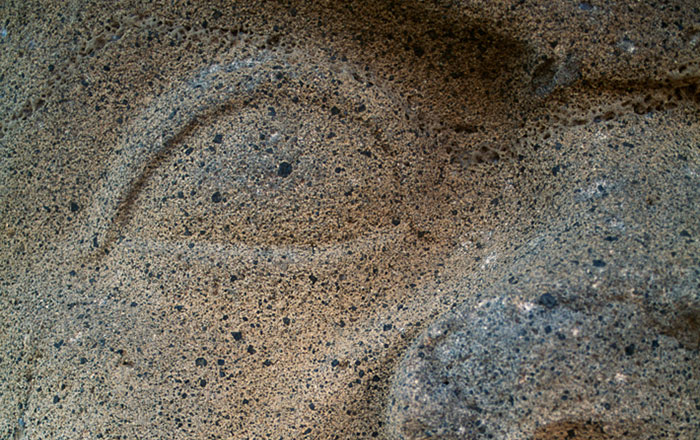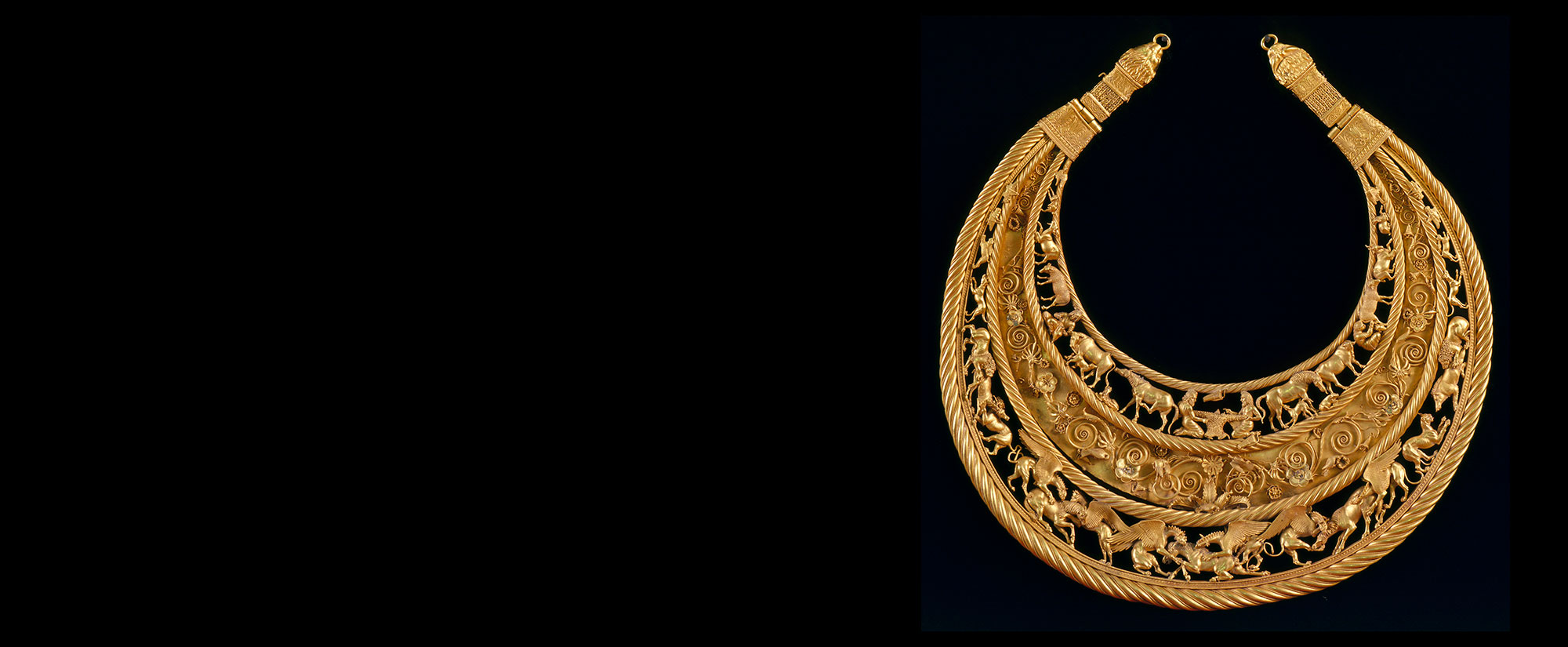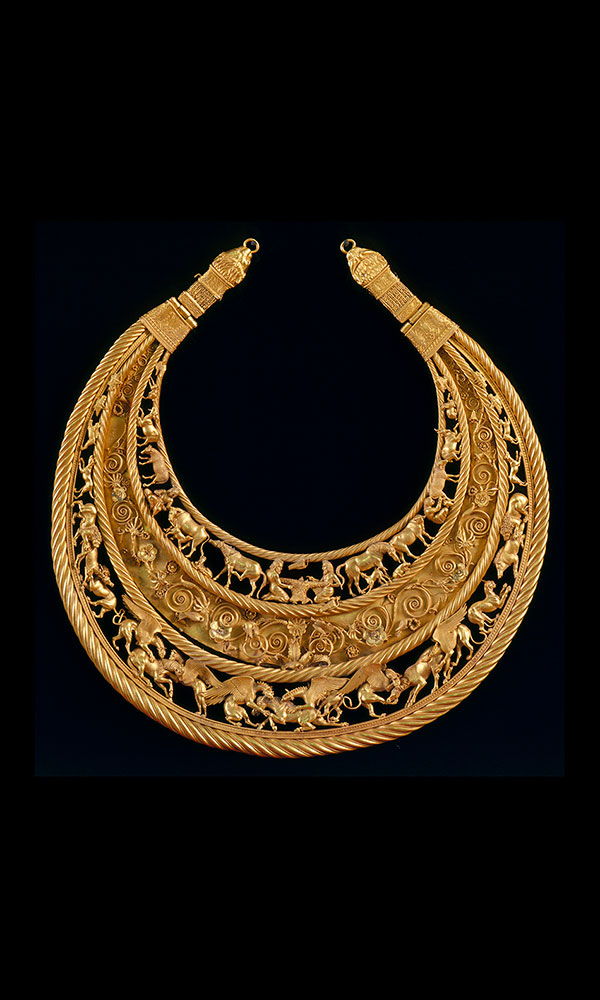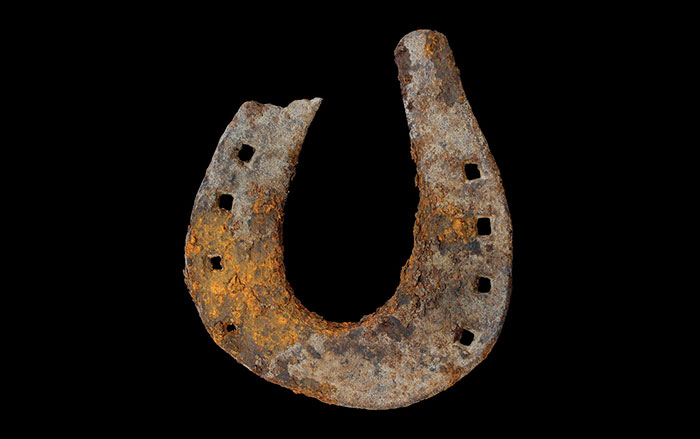
CHICAGO, ILLINOIS—Live Science reports that archaeologists Gary Feinman and Linda Nicholas of The Field Museum discovered a carved stone crocodile in Lambityeco that could answer some questions about the ancient city. Located in Oaxaca, Mexico, Lambityeco had been thought to have had close connections to the larger city of Monte Albán. But the new excavations suggest that the residents of Lambityeco reorganized their public buildings to look less like the layout of Monte Albán, perhaps to reflect a change in their relationship. Feinman and Nicholas suggest that the crocodile stone, which is only carved on three sides, was originally a balustrade at Lambityeco’s ball court. That stairway was destroyed and blocked off during the remodel. They discovered the crocodile stone placed upside down, with one of its carved sides against a temple building, along a jar-lined path that connected the ball court and the temple. The path had also been hidden and barricaded. “The ball court was seen as access to the underworld. You’d come out of the underworld, get food from the jars, go up to the plaza—the level of earth—and up to the temple, where you accessed the supernatural world. That clearly changed when they remodeled,” Feinman said. To read more, go to "Deconstructing a Zapotec Figurine."



